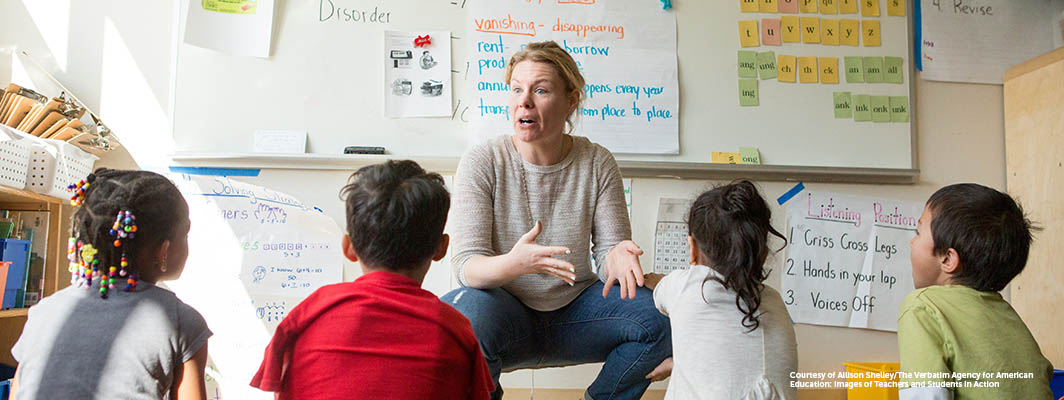Seeing the work of children is transformative for adults, too. It can challenge adults’ assumptions and make them look at issues in new ways or ask different questions.
Finally, touched by their children’s enthusiasm for the Little Free Library, some of the parents of students donated money to the Little Free Library nonprofit organization. The organization wrote back and explained to the children where the money had gone: to a rural community in Alabama and a “not-so-affluent” neighborhood in Chicago. What started out as a classroom project became a way to connect with, learn from, and help the outside world.
At Project Zero, Mardell and Krechevsky have identified how projects like this can be transformative for children — and adults.
Choosing topics that connect children and their communities
Stirling followed the students’ interest, seeing what grabbed their attentions and imaginations. It was a bit unnerving to not be able to plan what the project would be, she admitted. “It’s a beautiful way of teaching, because you don’t know what’s going to happen, and every class is different,” Stirling said. “But yes, it’s extremely hard to have 3-year-olds guide you.”
Other possibilities for inspiration include looking at the needs of the community; in an article on the initiative, the PZ researchers describe the process that led to a 178-page book for children, written and illustrated by Stirling’s class and 15 other classrooms throughout D.C. (The book, called, Washington DC: “What People Like Most Is in this Book,” can be downloaded as a PDF.) The book shares the results of the children’s research into their city and can provide ideas for future projects. Children can also weigh in on the same questions and topics that are occupying adults, like what it means to be presidential, or the Movement for Black Lives.
Making learning and learners visible
A product like a book allows children to see their own learning and share their findings with everyone from their parents to the communities and policymakers who influence their lives on a larger scale. The children’s book about D.C. was launched at a public gathering at the National Gallery of Art’s East Wing. Such experiences empower children to contribute. “Later on, maybe it’s your idea that will make a huge difference,” Stirling said, “but if you’re not comfortable sharing your ideas, that’s not going to happen.”
Seeing the work of children is transformative for adults, too. It can challenge adults’ assumptions and make them look at issues in new ways or ask different questions. “Young children can influence the way adults see the world,” Mardell said.
Democracy in action
By collaborating on a creative project, like the story of the Free Little Library, students learn to listen to each other and work together to develop their ideas. They share what they already know, and together, create new knowledge. It’s the work of democracy: considering other people’s perspectives and working together toward solutions.
This article originally appeared on Usable Knowledge from the Harvard Graduate School of Education. Read the original version here.

